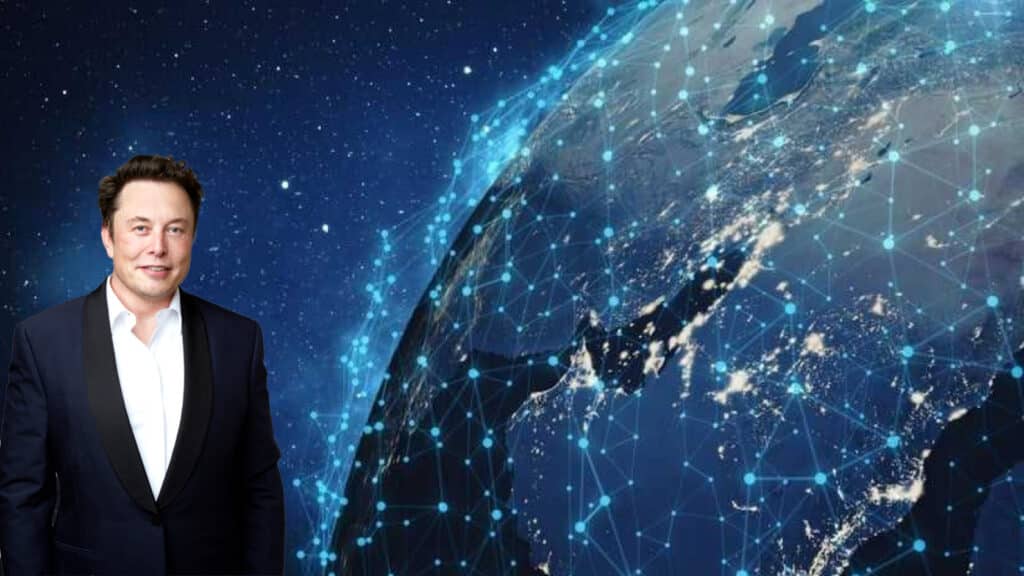Starlink was given an emergency special temporary authority by the FCC.
The Federal Communications Commission (FCC), the federal agency that regulates interstate and international communications, has granted temporary approval to Starlink‘s Direct to Cell service to help victims of Hurricane Helene. This service, owned by SpaceX, Elon Musk’s company, in partnership with T-Mobile, provides satellite connections for text messages and the Internet in affected areas, especially in North Carolina.
We remain committed to helping with recovery efforts in states affected by Hurricane Helene. We stand ready to do all that is necessary to return connectivity to hard-hit areas and save lives. https://t.co/i8psUSg9yF
— The FCC (@FCC) October 6, 2024
What is Starlink technology?
Starlink is a constellation of artificial satellites designed by SpaceX and launched into low orbit, approximately 550 km from Earth, compared to the 35,000 km of conventional satellites. This configuration makes it possible to provide ultra-broadband Internet access with significantly reduced latency. Since the satellites are in a lower orbit, they cover smaller areas; consequently, a much larger number of satellites is required compared to those in high orbit. Currently, there are about 6,000 operational satellites, but the number is set to double in the coming years. In addition, the connection speed of low-orbit satellites is considerably higher, reaching speeds between 50-250 Mbps, compared to the 10-50 Mbps typical of conventional satellites.
Could this system change the current connectivity?
Elon Musk‘s Starlink confirms itself as a key player in global emergency situations with its innovative satellite communication service that becomes indispensable when traditional networks collapse. This state-of-the-art system, recently launched, is revolutionising connectivity by making the service available across the US and beyond. Initially, Starlink was designed to bring the Internet into homes via satellite dishes and wireless modems. However, Musk has expanded the vision: Starlink is now active on land, sea and air, and several airlines already offer in-flight Wi-Fi thanks to SpaceX satellites.
Recently, Starlink has proven its value in crisis situations: from war zones, such as Ukraine (where it was already present at the start of the conflict, plus in February 2022 SpaceX donated over 1,300 devices to the Ukrainian military) and Gaza (providing service from October 2023) to areas devastated by natural disasters, such as the very recent Hurricane Helene. Wherever there are disruptions, Starlink is able to re-establish contact, allowing people to communicate with loved ones and share news. Thus, Starlink is a concrete example of how technology can make a difference in the most difficult times.
Internet everywhere and for everyone?
Besides being an alternative service to the traditional Internet connection, especially for hard-to-reach and remote areas, Starlink contributes significantly to fighting the Digital divide. This technology promises to revolutionise the entire network landscape as we know it today.
Read more about the Starlink service on the official website: https://www.starlink.com/
Image source: https://www.pngarts.com/explore/239173#google_vignette ; https://www.insidemagazine.it/2021/01/28/starlink-la-rete-di-satelliti-che-porta-internet-ovunque-altri-60-in-orbita/
